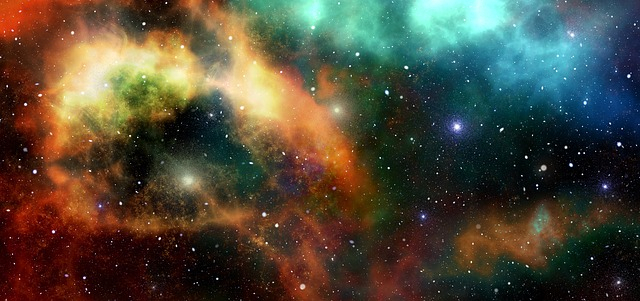
It was in 1990 that a 4.6 million-year-old meteorite landed in Algeria. This meteorite was a fragment of a large asteroid that was born during the early days of the solar system. Now, a new study conducted on this meteorite which is being named Acfer 049, has revealed the presence of ice fossils trapped inside the fallen space body. The new finding is quite significant, as it is the first direct evidence of frozen water as a building block of early asteroids.
Meteorite study could reveal details of the early solar system
Considering the age of the meteor, experts believe that this space rock preserves materials that created the solar system. As per experts, studying this meteorite more could unveil more staggering details about the formation of the universe and the solar system.
The research report published in the journal Science Advances suggests that this meteorite preserved tiny pockets that once contained ice before it melted. Researchers have named this microscopic holes 'ice fossils'.
.Formation of the solar system
Like all other star systems, the solar system in which earth and other seven planets orbit began with the formation of the sun. The sun was formed from a cloud of dust and gas, while the leftover materials became the ingredients of planet formation in the solar system.
The gas and elements formed a planetary disc around the sun, while dust and elements combined together to form planets and other space bodies like asteroids, and this is the reason why asteroids are considered leftover materials that formed during the beginning of the solar system.
"This is starting material from which all the planets, including Earth, came from. The matrix of these meteorites is therefore thought to be the starting material from which all the planets formed," said Epifanio Vaccaro, a curator of petrology at the London's Natural History Museum in a recent statement.
A few weeks back, Eleonora Di Valentino, a Postdoctoral Researcher of Astrophysics at the University of Manchester had suggested that the shape of the universe is not flat, but curved. Di Valentino revealed that this new hypothesis could reshape the current cosmology theories.









